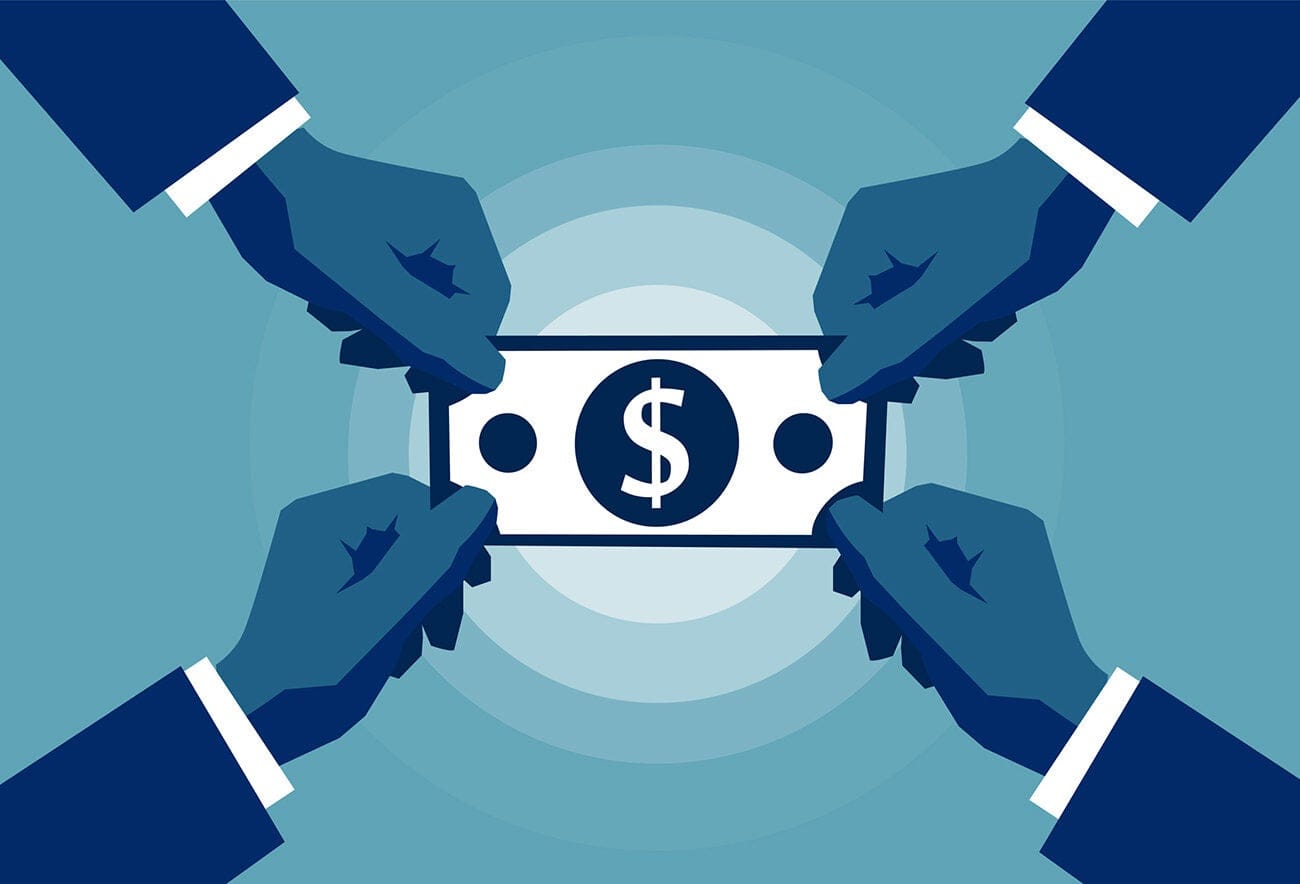As the holiday season approaches, stock buybacks are soaring to record highs, with companies taking advantage of favorable market conditions and strong balance sheets. According to a recent report from S&P Dow Jones Indices, stock buybacks in the third quarter of 2023 reached an all-time high of $280 billion, surpassing the previous record set in the second quarter of 2022. This surge is driven by several factors, including robust corporate earnings, tax incentives, and a desire to return capital to shareholders.
Major corporations such as Apple, Microsoft, and Alphabet have been at the forefront of this trend, collectively accounting for a significant portion of the buyback activity. Apple alone announced a $90 billion buyback program earlier this year, underscoring its commitment to enhancing shareholder value. Analysts believe that these buybacks not only reflect confidence in the companies’ future prospects but also serve to boost stock prices by reducing the number of shares outstanding.
The timing of these buybacks is particularly strategic, as companies seek to bolster their stock prices ahead of the holiday shopping season. Historically, stock performance during this period can influence investor sentiment and market dynamics. With consumer spending expected to rise, fueled by holiday shopping, companies are keen to present a strong front to investors.
However, while stock buybacks can provide immediate benefits to shareholders, some analysts caution that this trend may also indicate a lack of investment in long-term growth initiatives. Critics argue that companies should prioritize reinvesting in innovation and expansion rather than focusing solely on boosting stock prices through buybacks.
As we move closer to the end of the year, the implications of these record buybacks will be closely monitored. Investors are left to ponder whether this trend will continue into 2024 and what it means for the broader economy. With the Federal Reserve’s interest rate policies and potential economic uncertainties on the horizon, the interplay between stock buybacks and market performance remains a key area of interest for analysts and investors alike.
In conclusion, the record-high stock buybacks observed this quarter signal a robust corporate strategy aimed at maximizing shareholder value during a crucial time of year. As companies navigate the complexities of the market, their decisions will have lasting effects on stock performance and investor confidence.



